Rugs and carpet are an essential addition to living spaces—they are a design statement as well as a practical furnishing. Rugs add color, texture, comfort, and insulation to interior spaces. But if you have a busy household with children or pets, picking a rug that cleans up easily or hides stains well is a must. This is where color comes in: some rug colors hide dirt better than other colors and therefore impact your rug’s lifelong appearance. In this guide, we share our expert advice on which colors camouflage stains and share a few insider tips to keep your rug looking its best.
What is a rug stain?
First, let’s define a stain. A rug or carpet stain is the result of a spilled substance that did not completely disappear after cleaning. Maybe the spill did not get cleaned up quickly, was difficult to clean, or was not cleanable (e.g., ink or paint), and therefore left a lasting mark.
The longer a spill sits on a rug, the more likely it will absorb into the fibers or backing, making clean up more difficult. And some substances are just plain hard to clean, like wine, blood, and pet accidents. If you know rug cleaning is not your strong suit or the chances are high that your pet will have accidents now and again, then take color into account before your next rug purchase.
Color Scale: From Neutral to Colorful
Neutral colored rugs are celebrated in the world of interior design since they blend with all colors and design styles. But many neutrals are light in color and therefore are more likely to show stains. The more colorful or darker a rug becomes, the less likely stains will be visible. To help you visualize the best colors for hiding dirt and stains, we have grouped rug colors into three categories below with Tints most likely to show set stains and Shades least likely to show stains.
Tints
Tinted colors are a paler version of a color and are generally lighter colors. Think whites, creams, beiges, and pastels. These colors are best suited for areas with light traffic like bedrooms, offices, formal rooms that don’t see regular use, or low traffic hallways. Of course, a light tinted color is suitable in a house with overall low foot traffic.

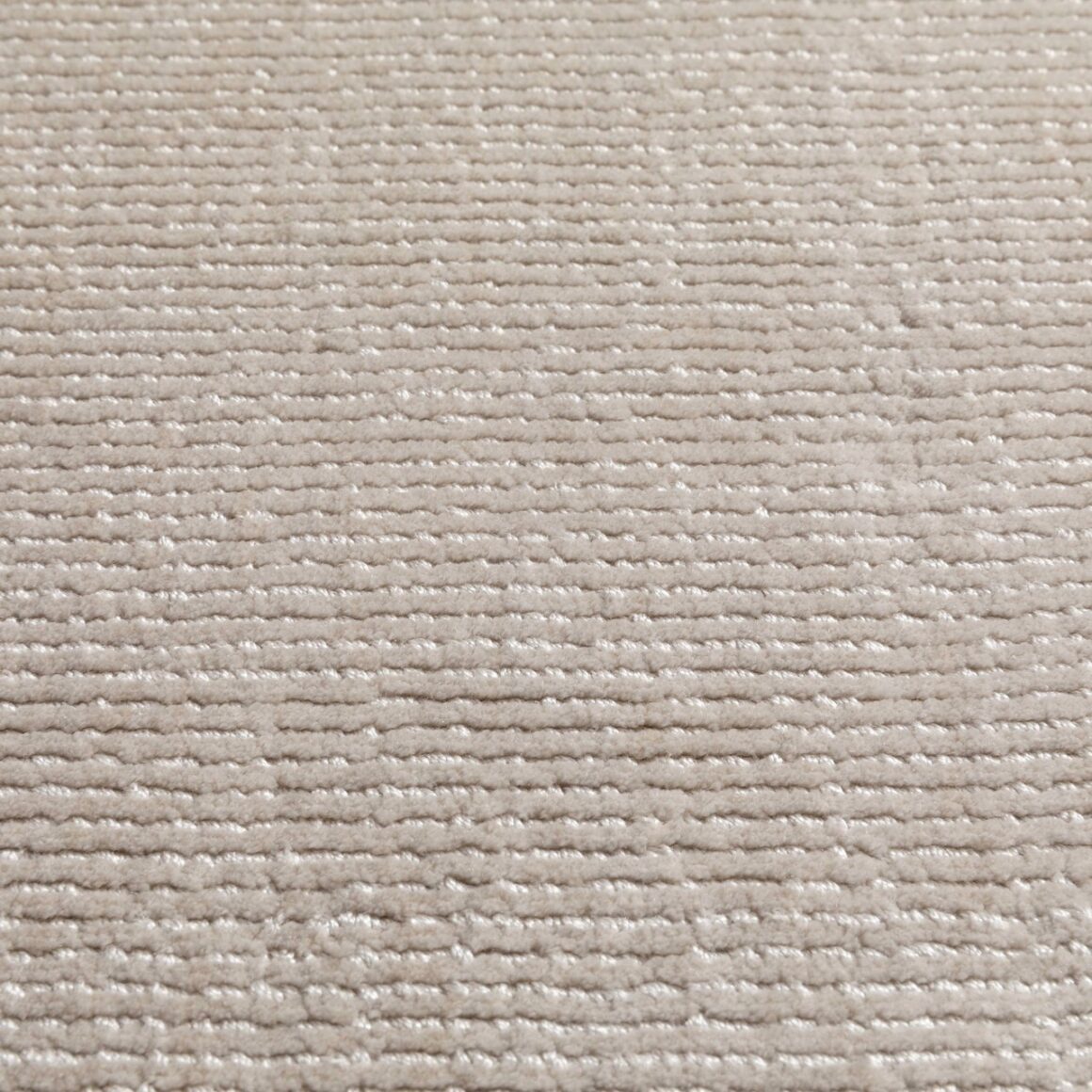



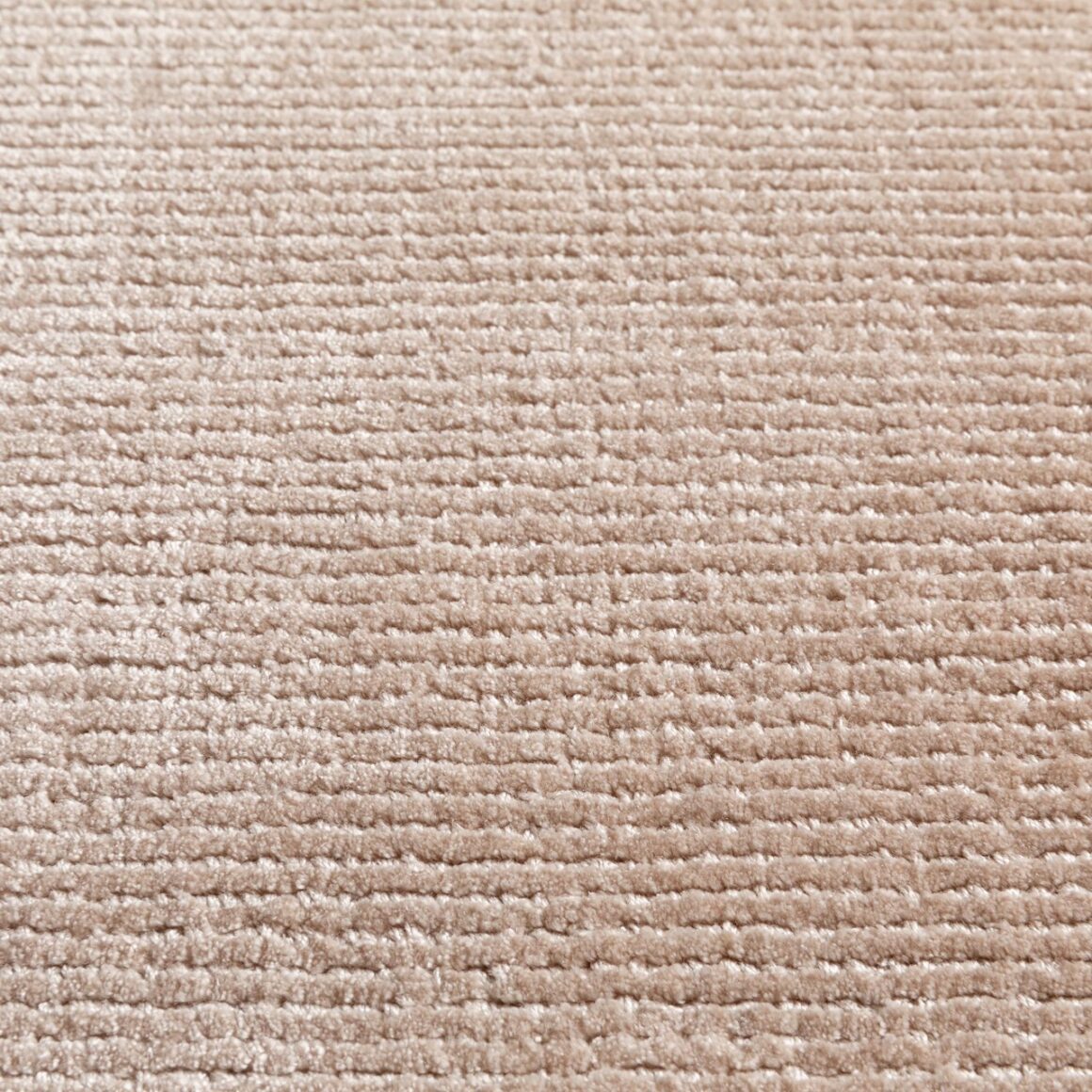
Tones
Colors with medium tones are best suited for medium to heavy traffic areas. Gathering spaces like living rooms or family rooms, entryways, or busy hallways are prime candidates for a rug with darker tones like blues, greens, or grays.








Shades
Deeply shaded colors like burgundy or charcoal are excellent at hiding dirt and stains. High traffic areas or homes with pets and/or children benefit from darker shaded rugs but just be mindful of the overall design scheme—a balance between light and dark elements helps create a harmonious environment.
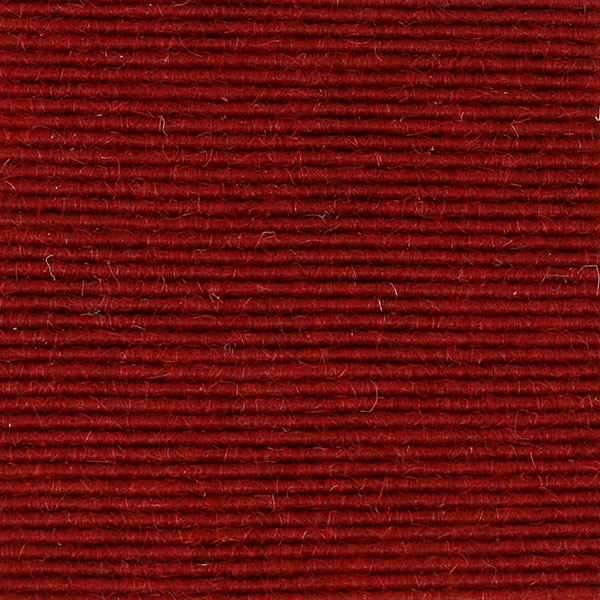



Borders on Area Rugs
At sisalcarpet.com, we offer custom-made area rugs and many of our customers choose a classic, cloth border for their rugs. If you want this look as well, think about color choice and stains! A darker border will hide stains better than a light colored border.

For a deep dive into how to create a custom rug and select the right borders, head over to the Rug Buying Guide – Everything You Need To Know
The Art of Distraction: Patterned or Multicolored Rugs
A rug with a pattern or a multi-color palette is a smart way to divert attention away from dirt or stains. Our eyes tend to see dominant patterns or the interplay of colors in a rug before they see a stain (if we see the stain at all). Intricate patterns, such as geometric shapes or floral designs, create visual interest and make imperfections less noticeable. Additionally, the mix of colors helps mask any potential discoloration caused by spills or dirt. A combination of varied colors and a pattern further ensures an overall camouflage effect.
Materials First
The material that a rug is made from plays a paramount role in stain visibility—the rug material may inherently resist staining or it may be an easy-to-clean fiber. A naturally stain-resistant material like wool plus a darker color like blue creates a rug that cleans well and stands up to heavy foot traffic. Even a light colored wool will fare well in moderate to heavy traffic areas as long as proper maintenance is observed.


If the whirlwind of life leaves less time for maintenance, synthetics or stain-treated natural fibers are a great option. In general, synthetic materials like polypropylene, woven vinyl, or nylon are inherently stain-resistant or treated with a stain repellant material that creates a moisture barrier and makes stains easier to clean.





Why Construction Matters
In addition to color, pile height and the tightness of the weave are important things to consider if you are looking for a rug that won’t easily show stains. A rug with a low pile or short fibers will be easier to clean than a shag or high pile rug. Low pile rugs do not provide as many nooks and crannies for spills to hide as a high pile rug. High pile rugs are definitely more luxurious, but not if riddled with stains or debris.


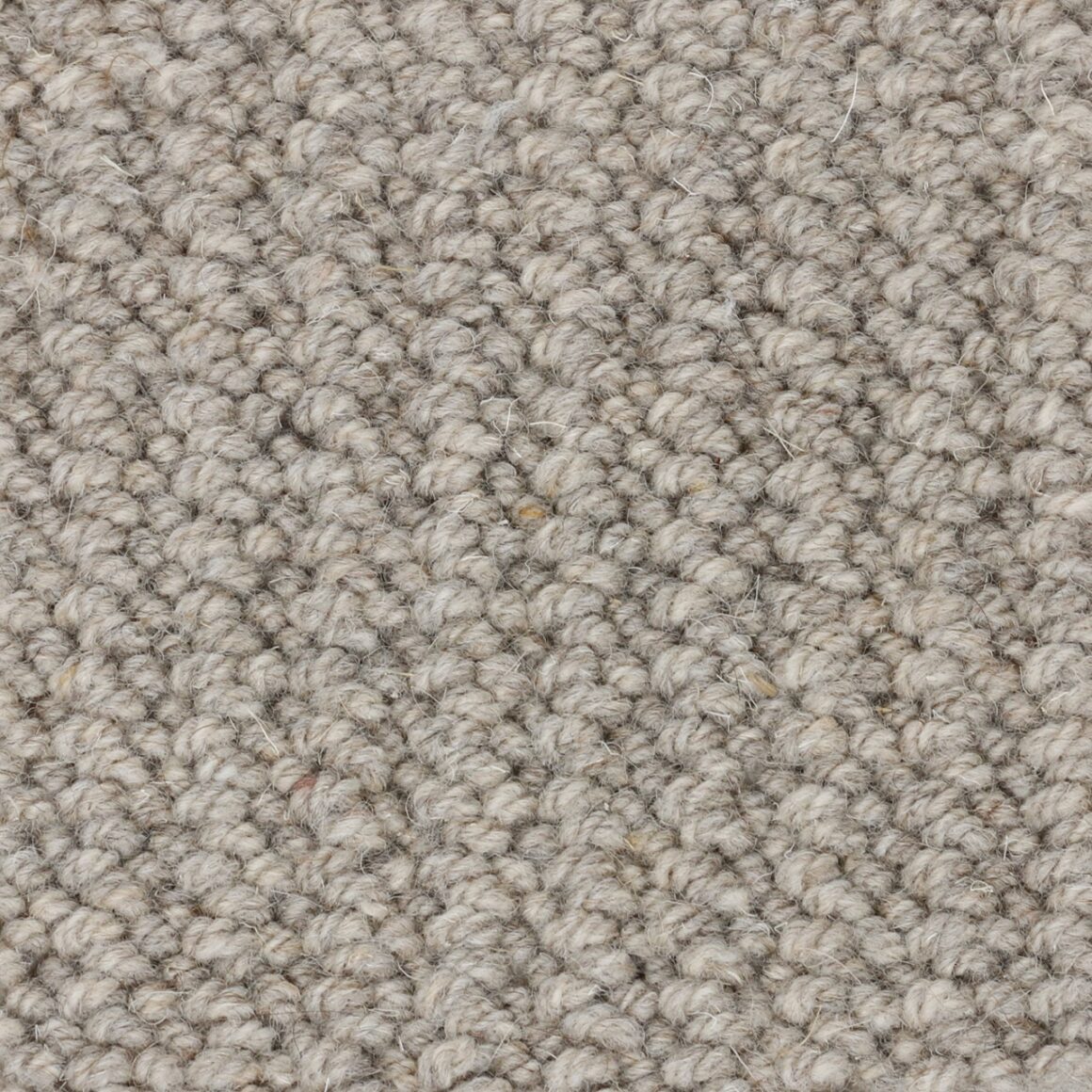
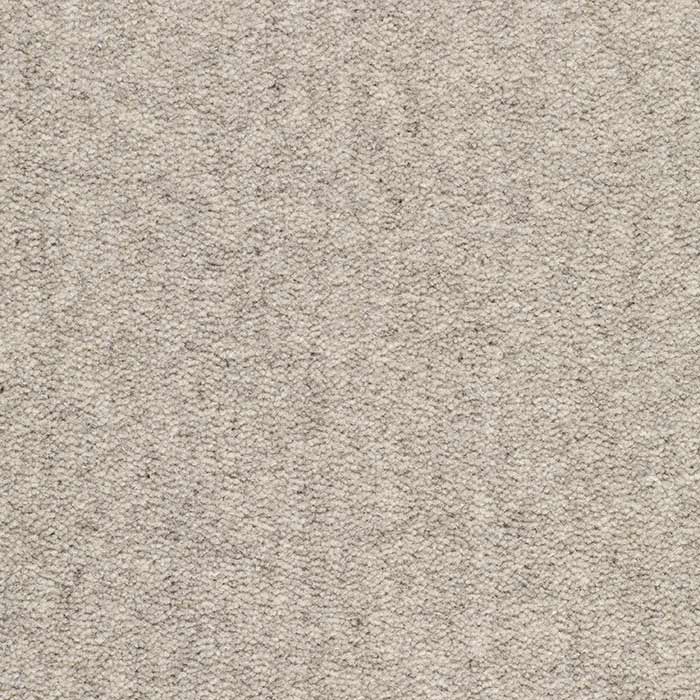


In regards to construction, a tight weave rug is generally more resistant to staining because spills are less likely to penetrate into the fibers. A chunky, loosely woven rug has extra space for spills to settle and hiding spots that are challenging to reach when it’s time to clean.
Practical Tips For Rug Maintenance
We hope you don’t end up with a stain in the first place. But when life happens and you end up with a spill or a stain on your rug, head over to our comprehensive Care & Cleaning guides for information on how to treat stains clean your rug. For now, here are our favorite practical tips for keeping your rug or carpet looking great:
- To prevent dirt and soil from entering your home in the first place, consider a sturdy walk-off doormat at all entrances and a no-shoes-in-the-house policy.
- Dirt, crumbs, and dust bunnies happen in all houses, so vacuum weekly. Vacuuming goes a long way toward preventing soiling and staining.
- Take care of spills as soon as possible. The longer something sits, the more difficult it becomes to remove.
- Rotate your rug periodically to ensure even wear and tear and prevent specific areas from showing signs of dirt more than others.
- Professional cleaning should be done on a regular basis in accordance with the rug’s specifications or manufacturer recommendations.
In Conclusion

The right rug color is not just about aesthetics—it’s also a strategic decision. Rugs with darker hues, patterns or multiple colors all offer unique advantages when it comes to hiding dirt and stains. By combining the right color for your lifestyle with proper maintenance, you can enjoy a beautiful rug that withstands the challenges of everyday life, adding comfort and style to your living spaces.











